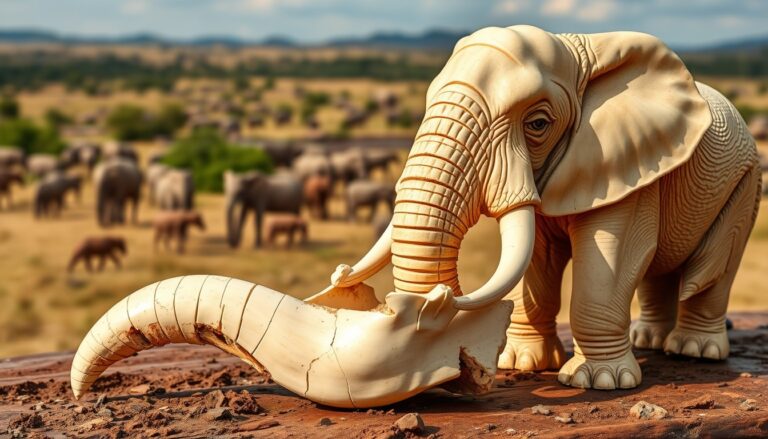With its smooth texture and creamy color, ivory has long been revered for its beauty and durability. This dense material, primarily derived from the tusks and teeth of elephants and other animals like walruses and narwhals, has a rich history that spans centuries, playing a crucial role in various cultures worldwide. Understanding what ivory is and how it has been used can deepen your appreciation for this unique material and raise awareness about its ethical implications today.
Ivory predominantly comprises dentin, a bone-like material that makes up the structure of teeth and tusks. The most recognized source is African and Asian elephants, whose tusks can reach lengths of over 10 feet and weigh up to 250 pounds. Historically, ivory has been treasured for its luster and fine grain, making it ideal for intricate carvings, fine art, and practical items.
In ancient civilizations, ivory was used for a myriad of purposes. You may find it fascinating that ivory was shaped into ceremonial objects, jewelry, and decorative items in places like Egypt, China, and Mesopotamia. The ancient Egyptians often adorned their tombs with intricate ivory artifacts, believing these items would accompany them into the afterlife. In China, skilled artisans created exquisite ivory sculptures and reliefs, depicting everything from mythical creatures to everyday scenes.
In the medieval period and beyond, ivory continued to hold significant value. You could encounter its use in high-status items like chess pieces, combs, and piano keys. The craftsmanship involved in creating these items often showcased the remarkable abilities of artisans, turning ivory into timeless pieces of art. By the 19th century, the demand for ivory surged, leading to the large-scale hunting of elephants and other species, which raised concerns about sustainability and ethical sourcing.
Today, the discourse surrounding ivory has shifted dramatically due to heightened awareness of species conservation and animal welfare. You should be aware that many countries have implemented regulations and bans on ivory trade to protect endangered species. The Convention on International Trade in Endangered Species of Wild Fauna and Flora (CITES) has played a pivotal role, urging nations to work together to prevent illegal poaching and trade.
While the allure of ivory remains, using it today requires a careful consideration of its origins and impact. Alternatives such as bone, synthetic materials, and sustainable resources are increasingly popular options that maintain the aesthetic qualities of ivory without contributing to wildlife decline. You have the power to make informed choices when it comes to collecting or purchasing items supporting artisans who utilize ethical materials while advocating for the protection of endangered species.
Ultimately, knowing what ivory is and its use throughout history allows you to engage more thoughtfully with this material. As you navigate the complexities of its legacy, you can foster a balance between appreciation for craftsmanship and the responsibility to protect our planet’s biodiversity.
We are not accepting items made of ivory in our collection and condemn the production and trade with it and, first and foremost, its extraction.
